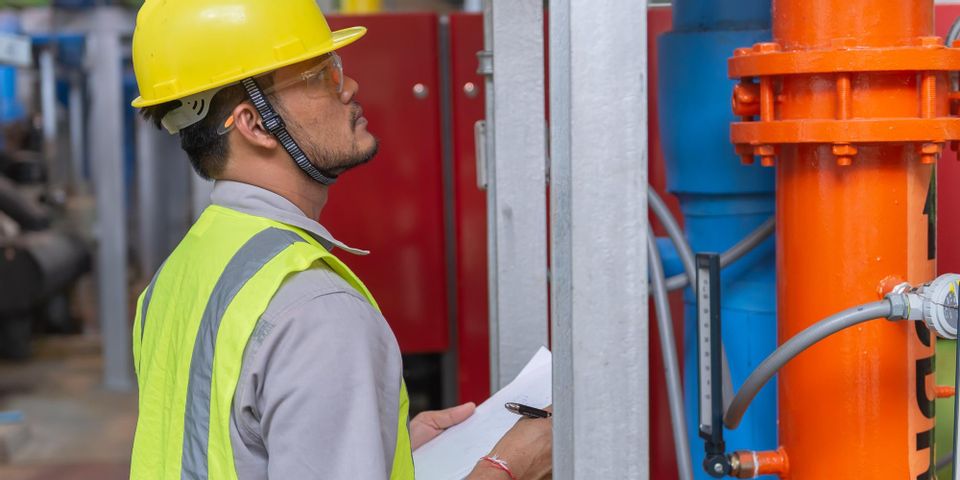Contact vs. Non-Contact Bearing Seals

Seals are hydraulic fittings that play a crucial role in keeping lubricant inside a bearing and preventing contaminants from getting in. There are two main types of bearing seals, contact seals and non-contact. While they share common goals, each seal goes about these tasks differently. Learn how each of these seal fittings works and the differences between them.
Contact
A contact seal is designed to make contact with the inner ring of the bearing. It applies consistent pressure to ensure the seal is tight and fluids and solids inside the bearing can’t escape. In the process, it keeps out dirt, dust, moisture, and other particles from the inner bearing.
 Because of the continuous pressure a contact seal provides, it naturally generates friction and heat. For some applications, this may not be ideal, as it can lead to damage or failure of certain fittings or parts. Additional friction can also decrease the maximum speed of the bearing. Contact seals work best on oil-lubricated bearings that don't require excessive shaft surface speeds.
Because of the continuous pressure a contact seal provides, it naturally generates friction and heat. For some applications, this may not be ideal, as it can lead to damage or failure of certain fittings or parts. Additional friction can also decrease the maximum speed of the bearing. Contact seals work best on oil-lubricated bearings that don't require excessive shaft surface speeds.
Non-Contact
With a non-contact seal, there is no contact with the inner ring of the bearing, nor is any pressure applied to the inner ring. Instead, the seal attaches to the bearing's outer ring. A non-contact seal has a thin lip that sits adjacent to the inner ring, allowing for some degree of sealing action.
While this design doesn't provide as tight of a seal as a contact bearing, it also doesn't produce as much friction, so the risk of overheating the bearing is much lower. Non-contact seals are ideal for grease-lubricated bearings.
Whether you need contact and non-contact seals, contact D & M Hydraulic Sales & Service. Since 1983, they’ve provided hydraulic supplies and services to the Waipahu, HI, area. They offer affordable pricing on a vast inventory of supplies, including seal fittings, filters, pumps, valves, and gaskets, and aim to be a one-stop shop for all your industrial needs. Call (808) 671-2420 or visit their website to learn more about the current inventory.
About the Business
Have a question? Ask the experts!
Send your question

